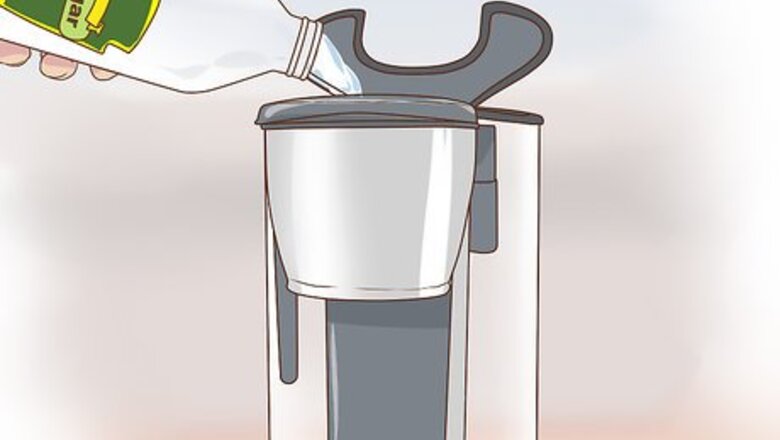
views
X
Expert Source
Cleanzen Cleaning ServicesResidential Cleaning Specialists
Expert Interview. 4 February 2022.
Cleaning Mineral Deposits in Your Kitchen
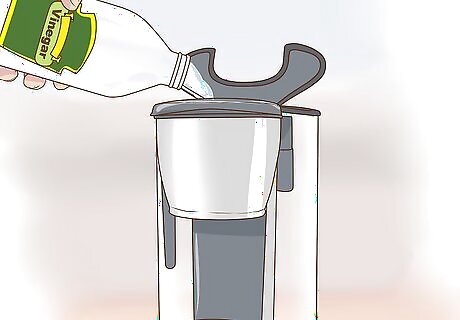
Remove coffeemaker deposits with equal parts of vinegar and water. Fill the water reservoir with half white vinegar and half water. Turn on the coffeemaker. Halfway through the cycle, turn it off and let it sit for an hour. Then, turn the coffeemaker back on and finish the brew cycle. Finally, empty the vinegar solution from the coffeemaker and run two cycles with water to rinse everything.
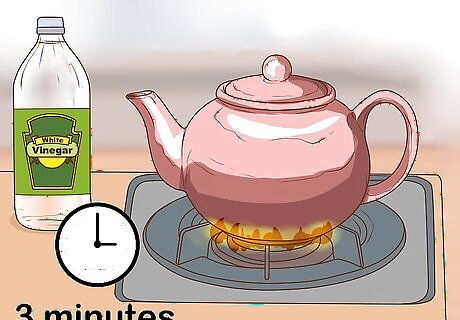
Boil vinegar in your teapot to remove mineral buildup. Boil a pot of vinegar for three minutes. Add a quarter cup of baking soda to the mixture and swish it around. Empty the pot. Finally, remember to thoroughly rinse the teapot before making your next cup of tea.
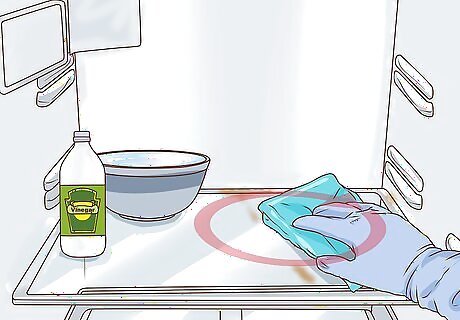
Wipe down your fridge with equal parts vinegar and water. Mix a cleaning solution of half white vinegar and half water. Dip a clean rag in the solution and rub off the mineral deposits in your fridge. Use another clean rag to rinse the area. You can also spray pure vinegar and let it sit for 15 minutes. Then, use a toothbrush the gently rub away the deposits. Rinse the area with water after the stain is removed.
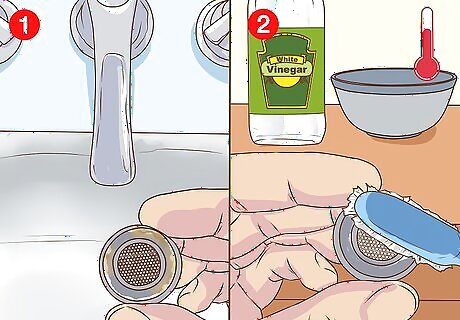
Use heated vinegar on your kitchen faucet. Unscrew the filter on the end of your faucet, remove rubber gaskets and give it a rinse. Heat up a cup of white vinegar to just before boiling. Put the filter in the hot vinegar and let it sit for an hour. Scrub the filter and then screw it back onto your kitchen faucet. You should avoid putting any rubber gaskets in the hot vinegar.
Getting Rid of Mineral Deposits in Your Bathroom
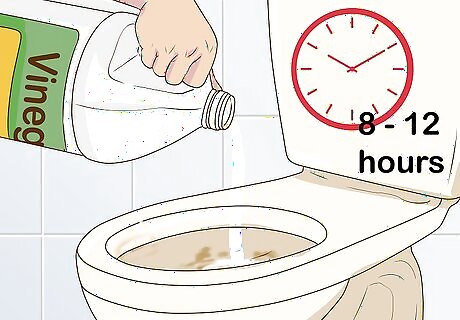
Soak the toilet bowl in vinegar overnight. Start by emptying the toilet bowl. Then, fill it with a gallon of white vinegar. The vinegar should cover any of the brown or black mineral deposits. Let the vinegar sit for between eight and twelve hours. Finally, scrub away the mineral deposits with a toilet brush. For stubborn stains, you can scrub the toilet bowl with a pumice stone. You may want to loosen up the stain with a cleaner, such as vinegar or a commercial cleaner.
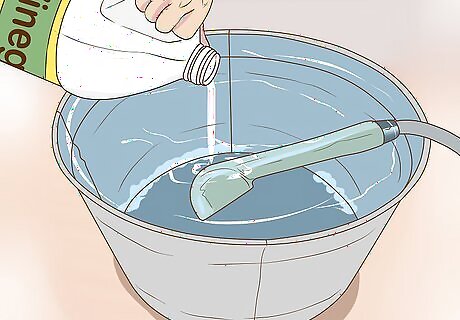
Immerse your showerhead in vinegar to remove mineral deposits. If you have a flexible showerhead, you can put it in a bucket of vinegar on the floor of the tub. If your showerhead is fixed, fill a plastic bag with vinegar and then tie to the showerhead using elastic bands or string. Let the showerhead sit in the vinegar for an hour. You can use an old toothbrush to scrub away any remaining deposits. If your showerhead has been running poorly, it may be due to mineral deposits.
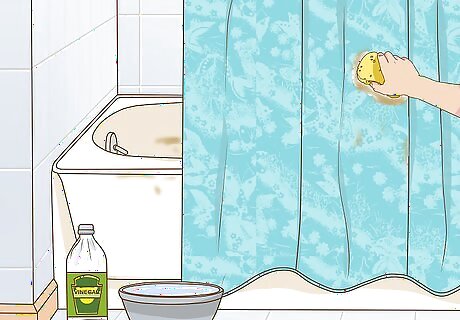
Use vinegar to scrub the deposits off your tub and shower curtains. Fill a container or bucket with a mixture of vinegar and warm water. Use a sponge and the vinegar mixture to wipe away any mineral deposits from your tub and shower curtains. A mixture of vinegar and baking soda can also be used to clean fiberglass tubs and showers.
Getting Mineral Deposits Off Appliances
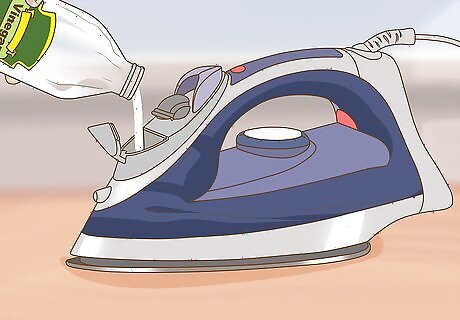
Fill your steam iron with vinegar to remove deposits. Fill the steam reservoir of your iron with one third vinegar. Turn it on and let it steam for ten minutes, or until all the vinegar steams off. Finally, fill the reservoir with water and turn it on for another ten minutes to get rid of any remaining deposits. If the surface of your iron is also dirty, you can use a damp rag and a dryer sheet to clean it.
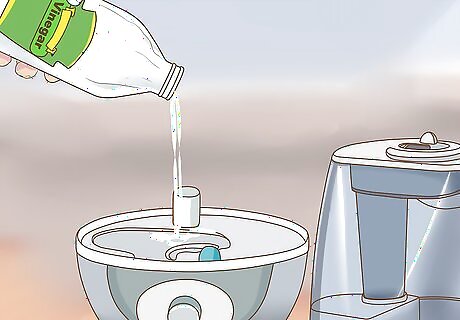
Fill your humidifier with vinegar to get rid of deposits. Fill the inside of your humidifier with white vinegar. Let the vinegar sit for five hours and then empty the vinegar and any deposits that have been removed. Rinse the humidifier with water.
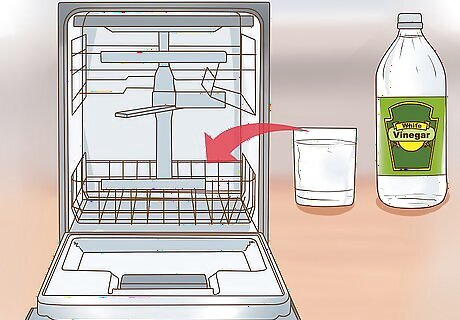
Place a cup of vinegar in your dishwasher to remove deposits. Fill a cup with vinegar and leave it on the top rack of your dishwasher. The next time your run the dishwasher, the vinegar will help get rid of mineral deposits.




















Comments
0 comment